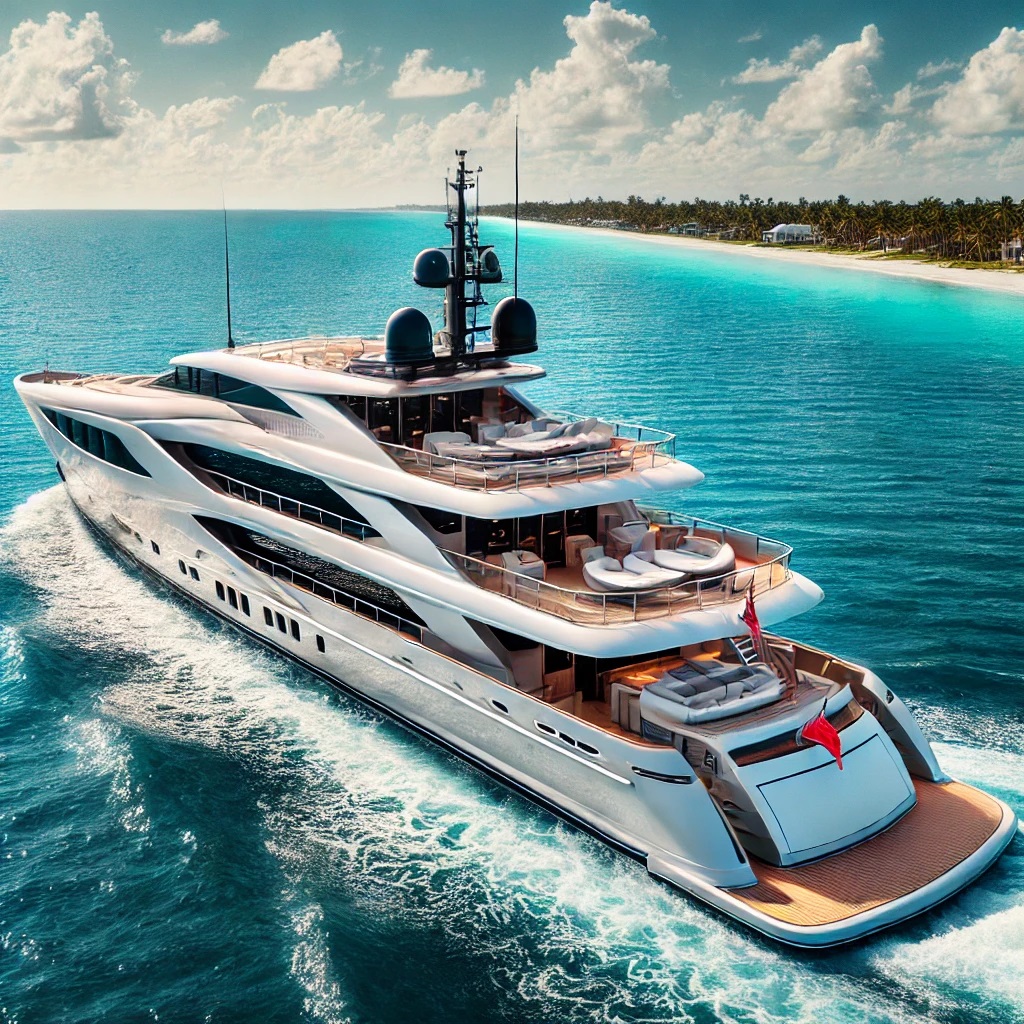
Introduction
When purchasing a yacht, safety should be a top priority. Owning a yacht opens the door to incredible adventures, but it also comes with responsibilities to ensure the safety of everyone on board. Equipping your yacht for sale with mandatory safety equipment is not only a legal requirement but also a crucial step in protecting lives and minimizing risks at sea. This guide explores the essential safety gear every yacht owner must have, along with tips to enhance your maritime safety practices.
The Importance of Yacht Safety Equipment
Before delving into the specifics, it’s essential to understand why safety equipment matters:
- Legal Compliance: Most countries have strict maritime safety regulations requiring yachts to carry specific equipment. Failure to comply can result in fines or restrictions.
- Emergency Preparedness: Safety equipment prepares you for unexpected events like storms, collisions, or medical emergencies.
- Passenger Confidence: Knowing the yacht is well-equipped boosts passengers’ confidence and enhances their experience.
Mandatory Safety Equipment Checklist
1. Personal Flotation Devices (PFDs) 🦺
- Requirement: A PFD for each person on board, appropriately sized for adults and children.
- Purpose: Keeps individuals afloat in case of a fall overboard.
- Pro Tip: Opt for PFDs with reflective strips for enhanced visibility.
Fire Extinguishers 🔥
- Requirement: At least one fire extinguisher per engine, plus additional units for larger yachts.
- Purpose: Essential for tackling onboard fires quickly.
- Types: Class B extinguishers for fuel fires and Class C for electrical fires.
Visual Distress Signals 🚨
- Requirement: Flares, flags, and other approved visual signals.
- Purpose: Alerts nearby vessels or rescue teams in emergencies.
- Pro Tip: Ensure all signals are up to date and stored in a waterproof container.
Sound Signaling Devices 📢
- Requirement: A horn, whistle, or bell.
- Purpose: Used for signaling other vessels or warning of danger.
- Regulation: Larger yachts may require a bell in addition to a horn.
First Aid Kit 🩹
- Requirement: A well-stocked first aid kit tailored for maritime use.
- Purpose: Handles medical emergencies, from minor injuries to serious incidents.
- Pro Tip: Include seasickness remedies and waterproof bandages.
Navigation Lights 💡
- Requirement: Functional navigation lights as per yacht size and operating area.
- Purpose: Ensures visibility to other vessels, especially at night.
- Pro Tip: Carry spare bulbs and ensure regular maintenance.
Emergency Position Indicating Radio Beacon (EPIRB) 📡
- Requirement: Mandatory for offshore yachts.
- Purpose: Transmits distress signals to rescue authorities with GPS coordinates.
- Pro Tip: Register your EPIRB with the relevant maritime authorities.
Life Raft 🛶
- Requirement: A life raft capable of accommodating everyone on board.
- Purpose: Provides a safe haven in case of yacht abandonment.
- Maintenance: Ensure regular inspections and servicing.
Throwable Lifesaving Devices 🚣
- Requirement: At least one throwable device, such as a lifebuoy or rescue line.
- Purpose: Quickly aids someone who has fallen overboard.
- Pro Tip: Attach a floating light or whistle for better visibility.
Optional Safety Equipment for Added Protection
While not mandatory, the following equipment enhances safety:
- Survival Kits: Includes food, water, and thermal blankets for extended emergencies.
- AIS System: Tracks nearby vessels to avoid collisions.
- Man Overboard (MOB) Systems: Automatically alerts the crew when someone falls overboard.
Tips for Maintaining Safety Equipment
- Regular Inspections: Check equipment for wear, damage, and expiration dates.
- Proper Storage: Store safety gear in easily accessible, waterproof compartments.
- Training: Ensure all passengers know how to use the equipment properly.
- Routine Drills: Conduct safety drills to prepare for real emergencies.
Conclusion
Equipping your yacht with mandatory safety equipment is a critical responsibility for any owner. Beyond legal compliance, it ensures the safety and well-being of everyone on board. Regular maintenance, proper storage, and passenger training further enhance safety measures. Investing in high-quality safety gear not only safeguards lives but also ensures you can fully enjoy your yachting experience without unnecessary risks.
FAQs
1. What is the most important safety equipment for a yacht?
Personal flotation devices (PFDs) are the most essential, as they directly save lives in overboard situations.
2. Are life rafts mandatory for all yachts?
Life rafts are generally required for yachts venturing offshore but may not be mandatory for smaller vessels used in inland waters.
3. How often should I inspect my safety equipment?
Safety equipment should be inspected before every trip and undergo thorough checks annually.
4. Can I use expired flares in an emergency?
While expired flares may still function, they are less reliable. Always carry up-to-date flares to ensure compliance and effectiveness.
5. Do I need a fire extinguisher for an electric yacht?
Yes, electric yachts still require fire extinguishers to address electrical fires and other potential onboard hazards.
6. Are EPIRBs required for all yachts?
EPIRBs are mandatory for yachts operating in offshore waters but may not be required for those staying in inland or coastal areas.
7. How do I choose the right first aid kit for my yacht?
Choose a first aid kit designed for maritime use, with supplies tailored for potential onboard injuries and emergencies.
